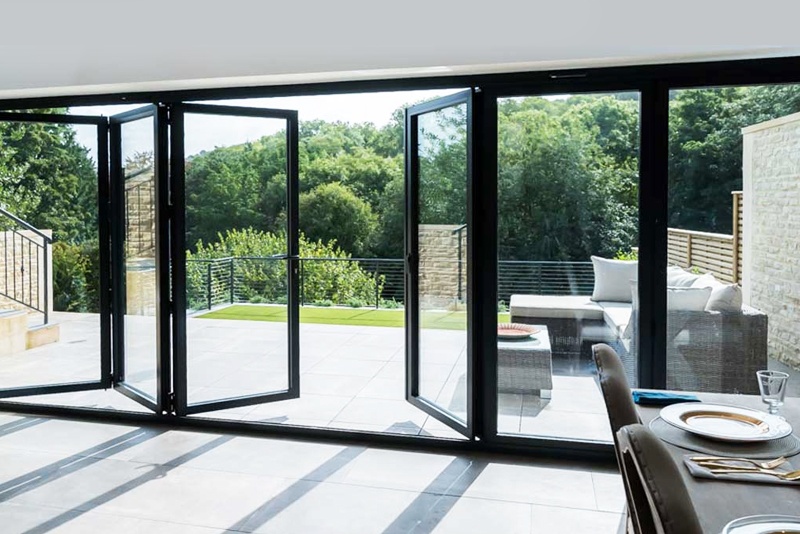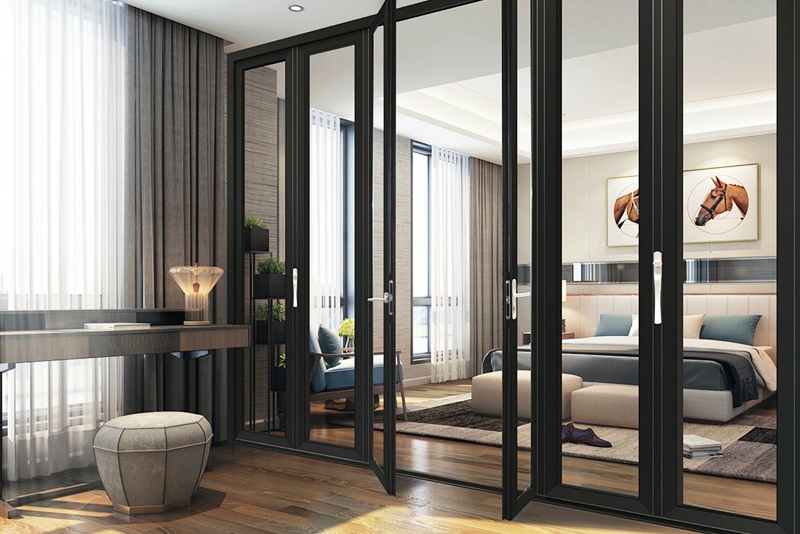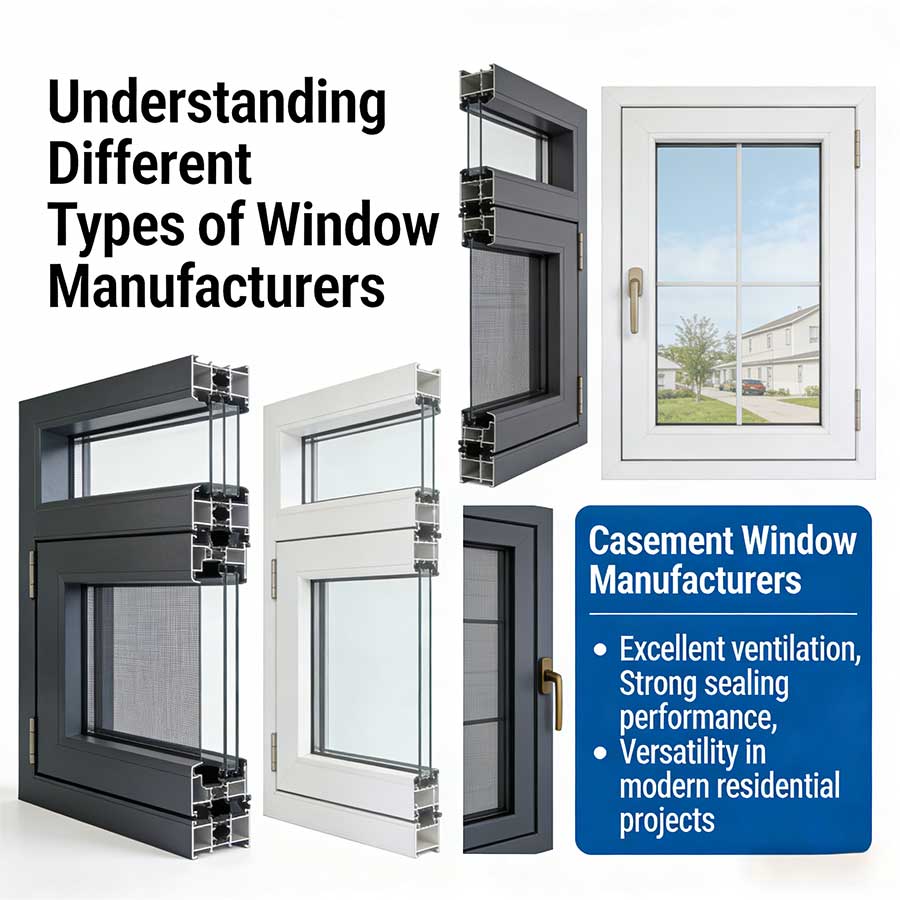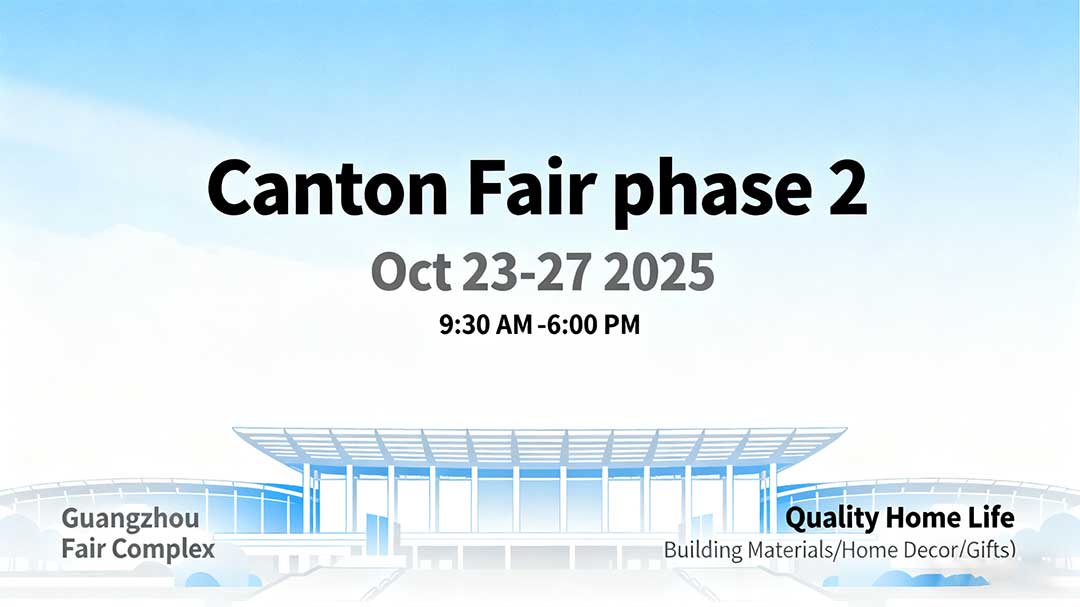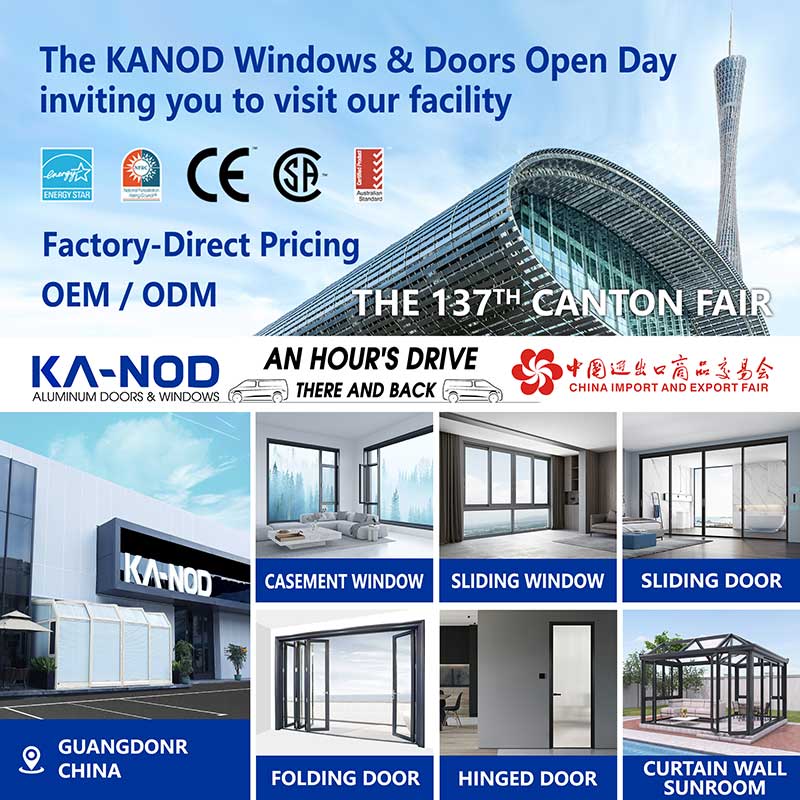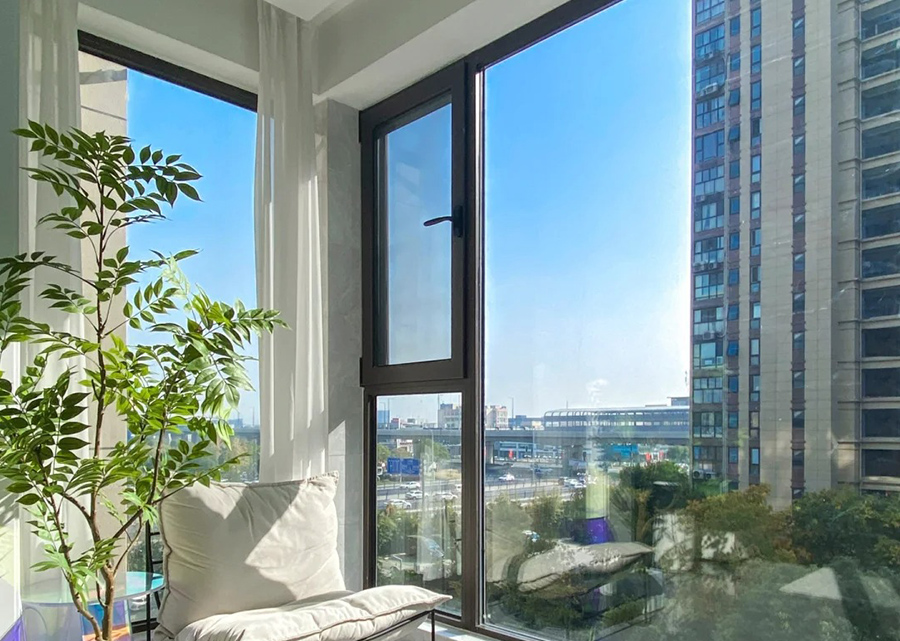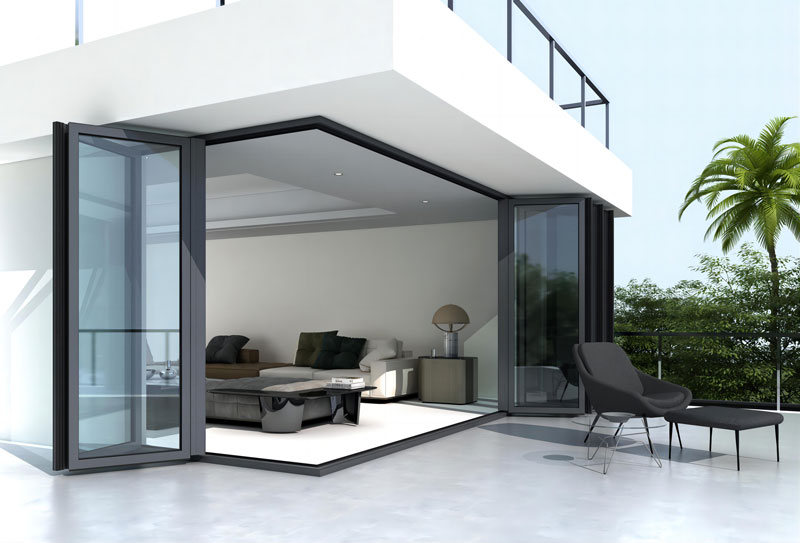Sliding Doors vs. Folding Doors: Which Is Best for Your Outdoor Space?
Outdoor folding doors and sliding-folding door systems revolutionize living spaces. Premium window manufacturers like KANOD engineer seamless indoor-outdoor transitions. Your choice critically impacts spatial efficiency, weather resistance, and daily functionality. Sliding panels glide horizontally to conserve floor space. Folding systems stack vertically for expansive openings. Each solution serves distinct architectural needs. This comprehensive comparison guides your decision-making.
Core Performance Differences
Evaluate real-world functionality across key parameters.
Space Optimization Capabilities
Sliding doors require minimal operational clearance. Panels move parallel to walls. They preserve interior and exterior space efficiently. Ideal for narrow balconies or urban settings. Single-panel configurations maximize simplicity. Multi-track designs enable partial openings. Outdoor folding doors collapse accordion-style. Panels stack compactly to one side. Achieve near-full opening widths. Perfect for large gatherings. Folding systems need exterior stacking space.
Weather Sealing and Energy Efficiency
Coastal homes demand superior weatherproofing. Sliding & folding door systems differ significantly here. Folding doors utilize inter-panel compression gaskets. These form airtight seals when fully closed. KANOD’s folding systems feature triple-seal technology for enhanced performance. Sliding doors have fewer meeting points. Meeting rails pose water infiltration risks. Thermal barrier technology prevents condensation. Both systems accommodate triple-pane insulated glazing.
Long-Term Durability Factors
Hardware quality dictates lifespan. Folding doors employ top-hung pivots. These eliminate floor debris interference. Bottom-roller systems require monthly cleaning. Sliding doors incorporate carriage bearings. Stainless steel mechanisms support 130kg loads. Quarterly track lubrication ensures smooth operation. Both need annual seal conditioning.
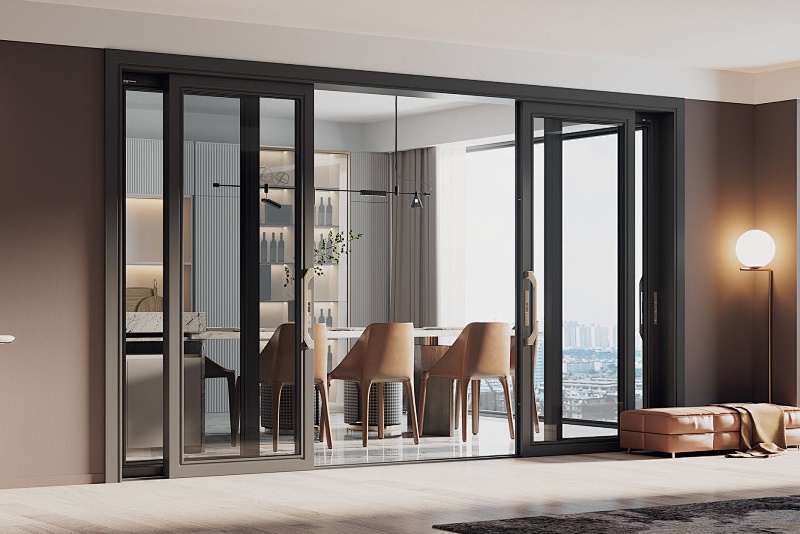
Sliding door of the living room
Material Technology Guide
Critical engineering considerations.
Frame Material Comparison
Thermally broken aluminum dominates modern systems. Excellently resists coastal corrosion. Structural integrity supports oversized glass. Fiberglass composites offer superior stability. Minimal thermal expansion/contraction. Higher initial cost reduces lifecycle expenses. Aluminum-clad wood blends aesthetics with function. Interior wood finishes maintain warmth. Exterior aluminum withstands harsh elements.
High-Performance Glazing Solutions
Triple-pane glass achieves U-values below 0.89. Essential for extreme climates. Hurricane-rated laminated glass stops airborne debris. Blocks 99% UV radiation automatically. Tinted variants reduce desert glare. Bronze or gray tones preserve visual clarity.
Scenario-Specific Recommendations
Match systems to your environment.
Coastal/High-Wind Zones
Salt spray destroys substandard hardware. Specify marine-grade stainless steel components. Folding doors need multi-point locks. These distribute wind loads evenly. Sliding systems require reinforced rollers. KANOD products withstand 2,400Pa wind loads. Impact-resistant glazing is non-negotiable. Laminated glass prevents storm damage.
Compact Urban Balconies
Space-constrained layouts favor sliding doors. Slim sightlines maximize glass area. Some models recess into wall cavities. Folding systems need 30-40cm exterior clearance. Parallel sliding configurations save space. Panels disappear behind fixed sections. Maintain unobstructed views.
Entertainment Terraces
Outdoor folding doors excel here. Create seamless party flow. Wide openings integrate indoor/outdoor areas. Specify 1.2m panel widths strategically. Fewer panels reduce visual obstruction. Plan stacking zones in advance.
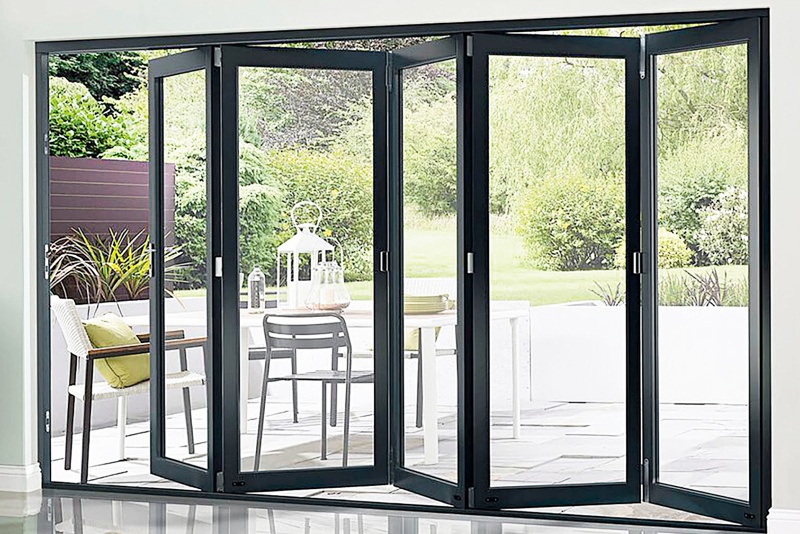
outdoor folding doors
Critical Technical Specifications
Sliding door systems span up to 6m. Multi-track configurations enable this. Require zero interior/exterior clearance. Premium models achieve Uw=0.78 thermal ratings. KANOD systems support 130kg panels. Hurricane Class 4 certification available.
Folding door systems reach 12m spans. Require 300-400mm exterior clearance. Thermal efficiency: Uw=0.89. Standard panel weight limit: 100kg. Class 4 wind resistance standard.
Security and Compliance Features
Modern systems prioritize safety.
Advanced Locking Technology
Multi-point locks engage 3-7 positions. Top and bottom shoot bolts anchor doors. Keyed locks secure operable panels. Child-safety latches prevent accidents. Sliding doors integrate anti-lift devices. These deter forced entry.
Mandatory Safety Glazing
Tempered glass fractures safely. Required near walkways and floors. Laminated glass retains integrity when cracked. Essential for overhead installations.
KANOD Engineering Excellence
KANOD window manufacturers drive continuous innovation. Their folding doors feature German-engineered hinges. Tested for 100,000+ operation cycles. Sliding systems utilize aircraft-grade aluminum. Custom widths accommodate unique spaces. Thermal performance exceeds EU standards. EU CE certification validates product quality.
Conclusion
Sliding doors win for compact areas. They preserve exterior space completely. Outdoor folding doors dominate entertainment zones. They create dramatic open environments. Always verify technical specifications. Scrutinize wind ratings and U-values. Request official test reports. Prioritize climate challenges first. Balance aesthetics with functionality. Transform your outdoor living experience today.



